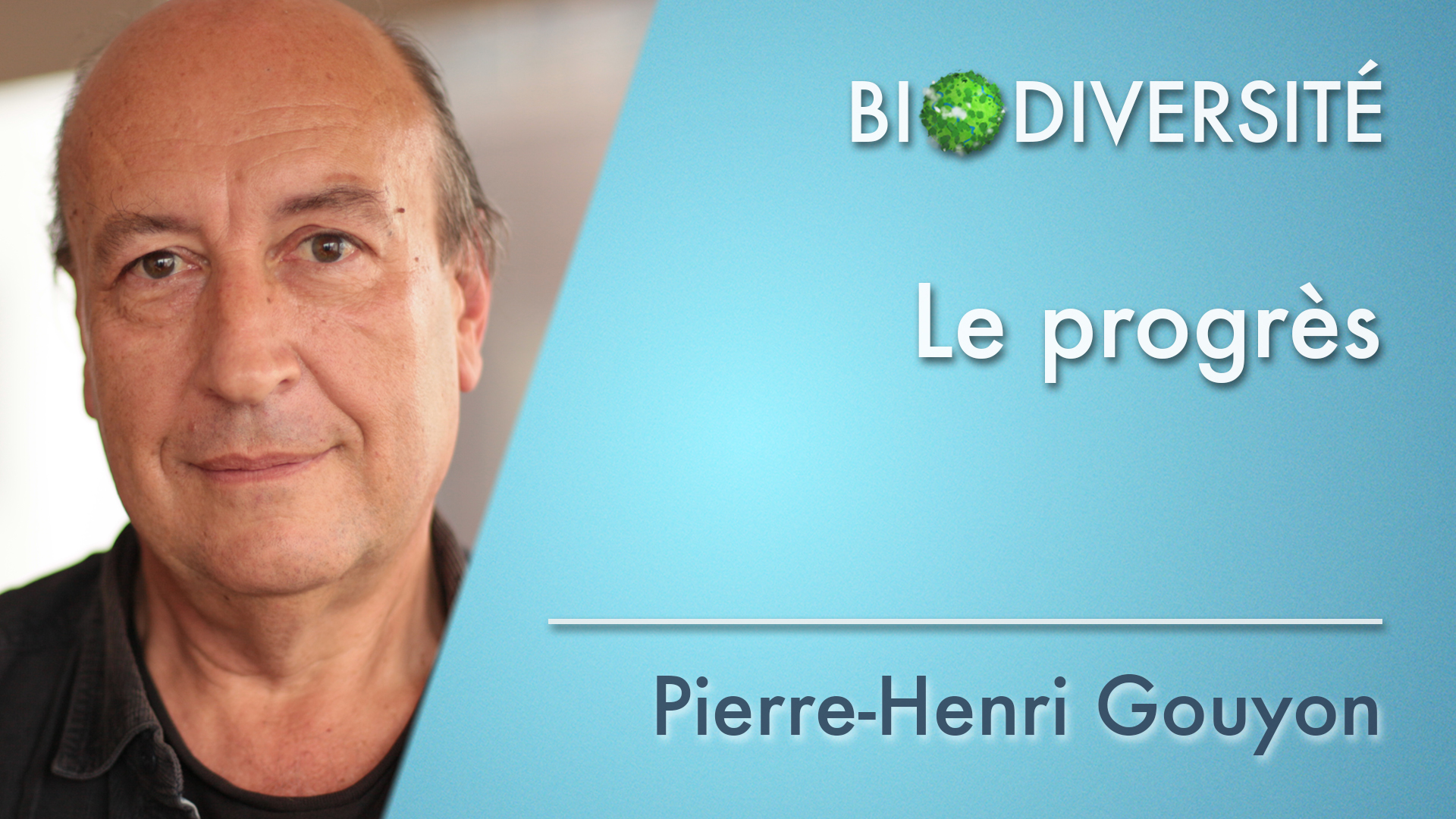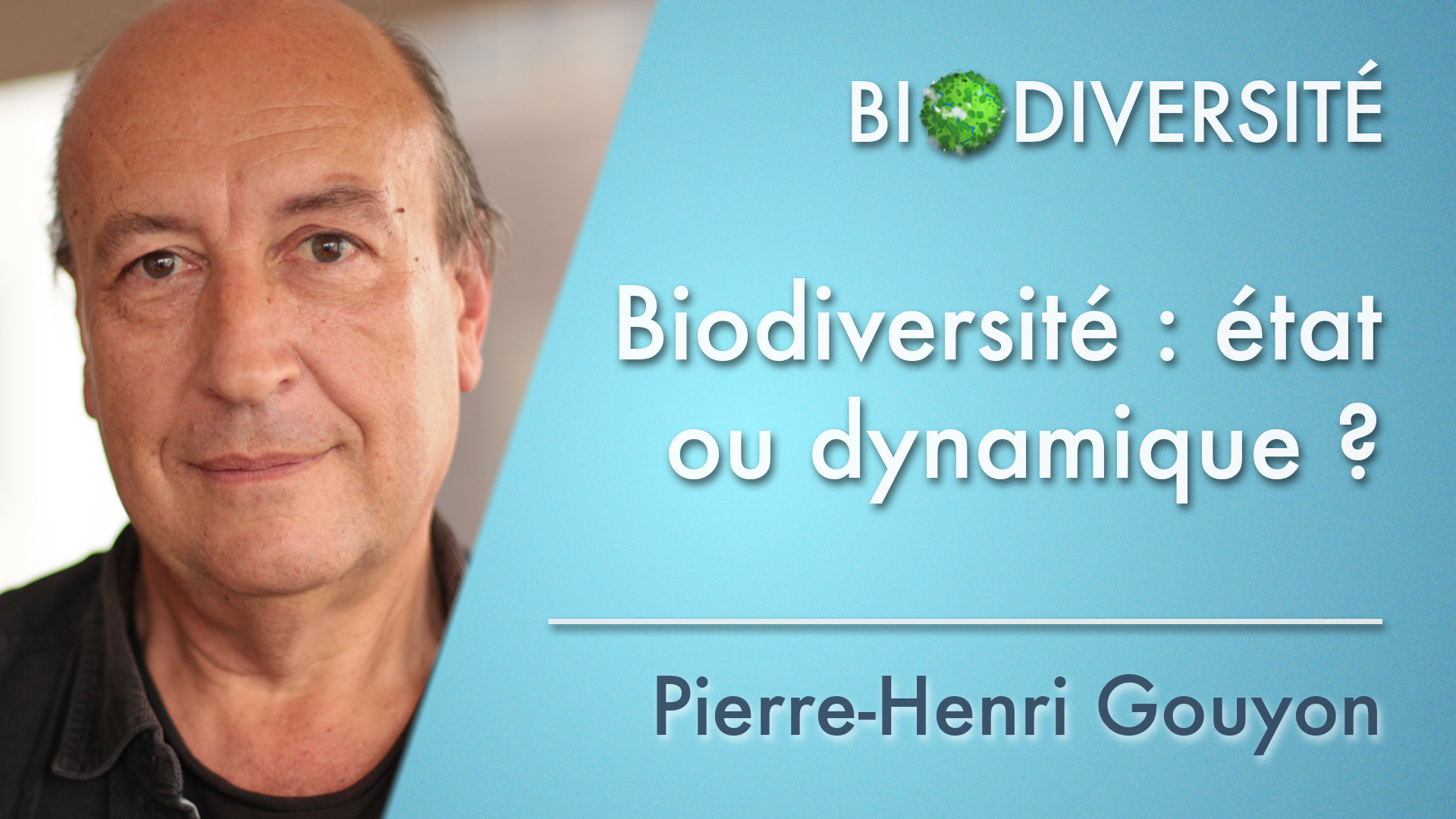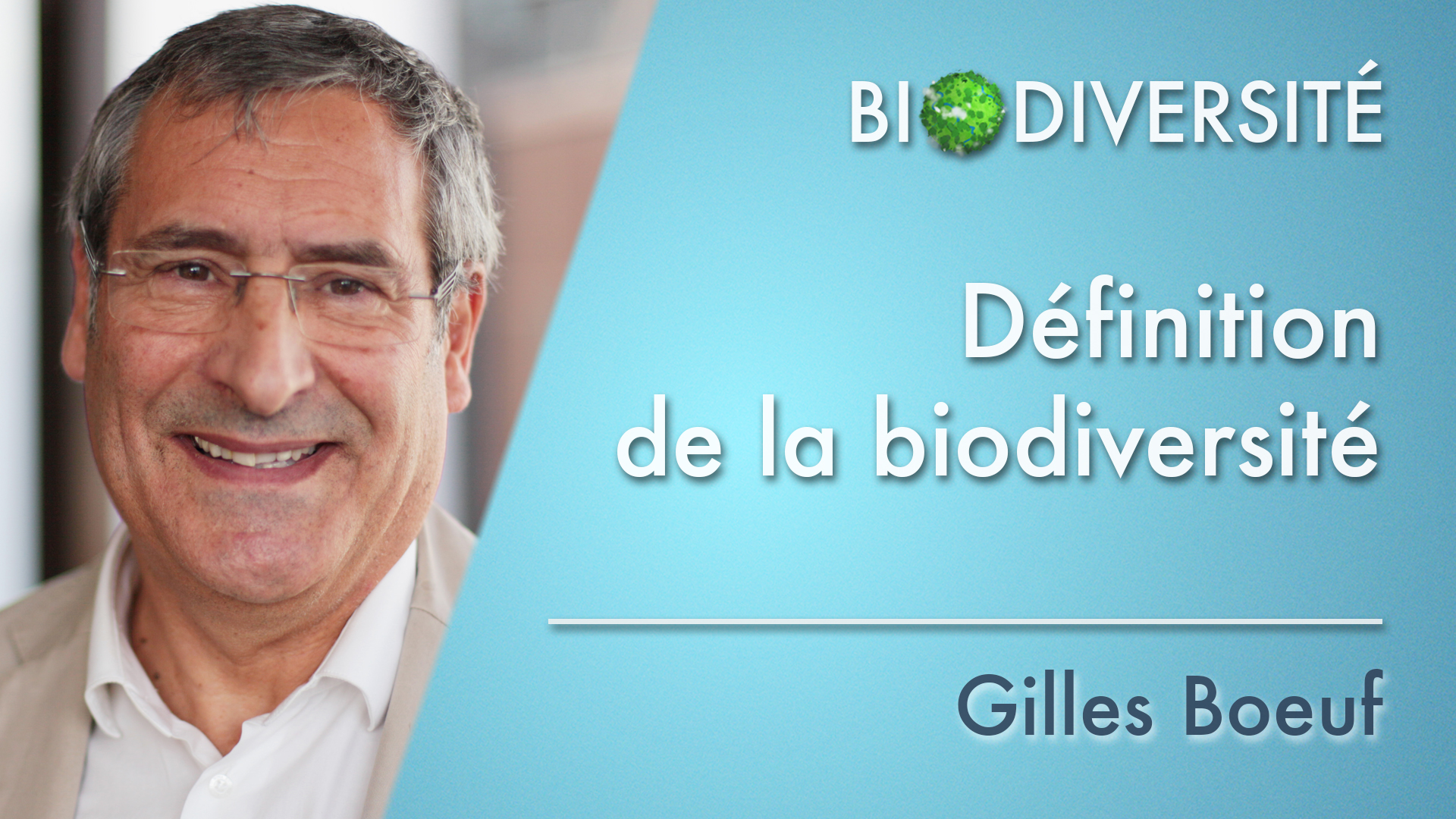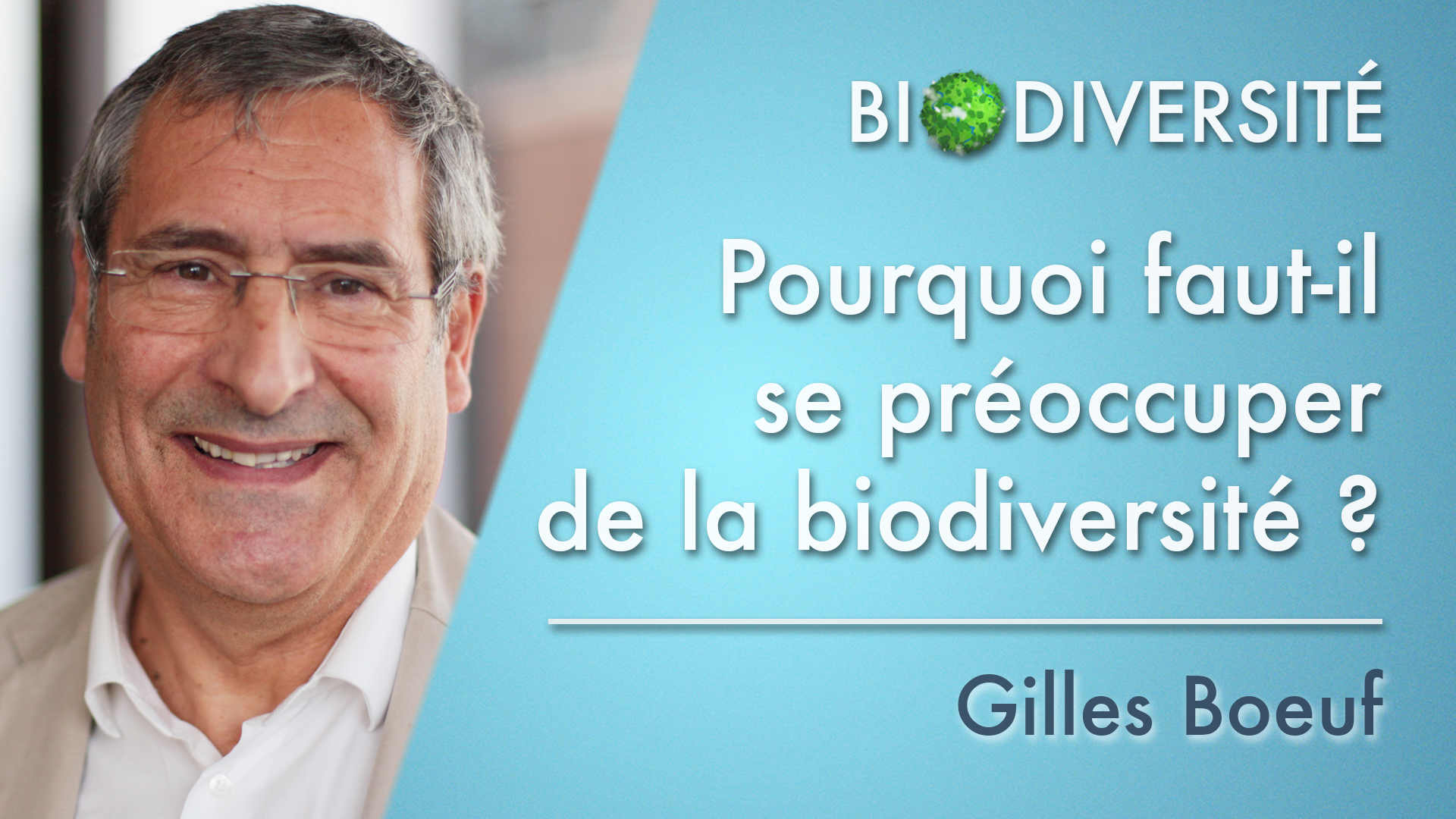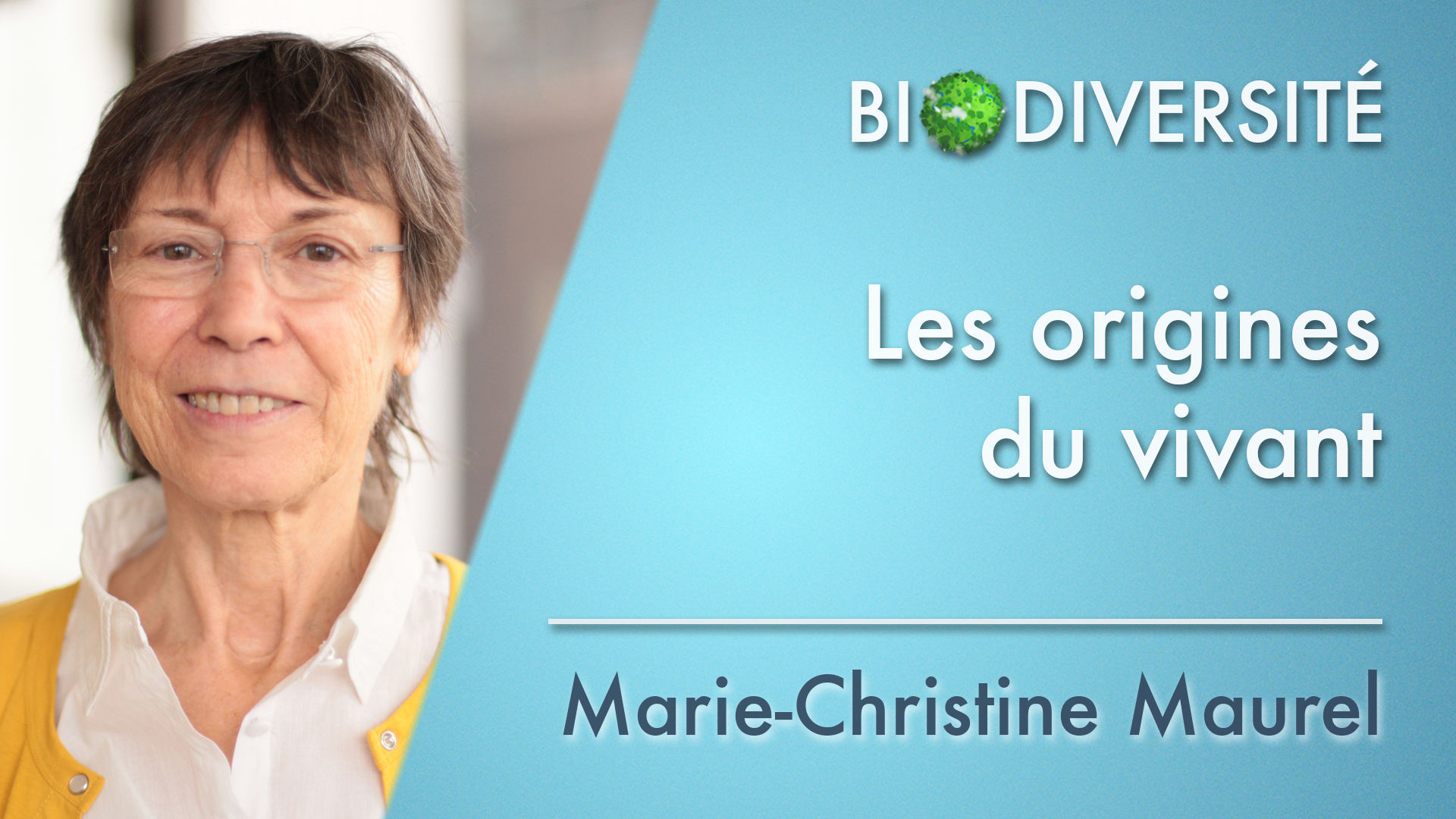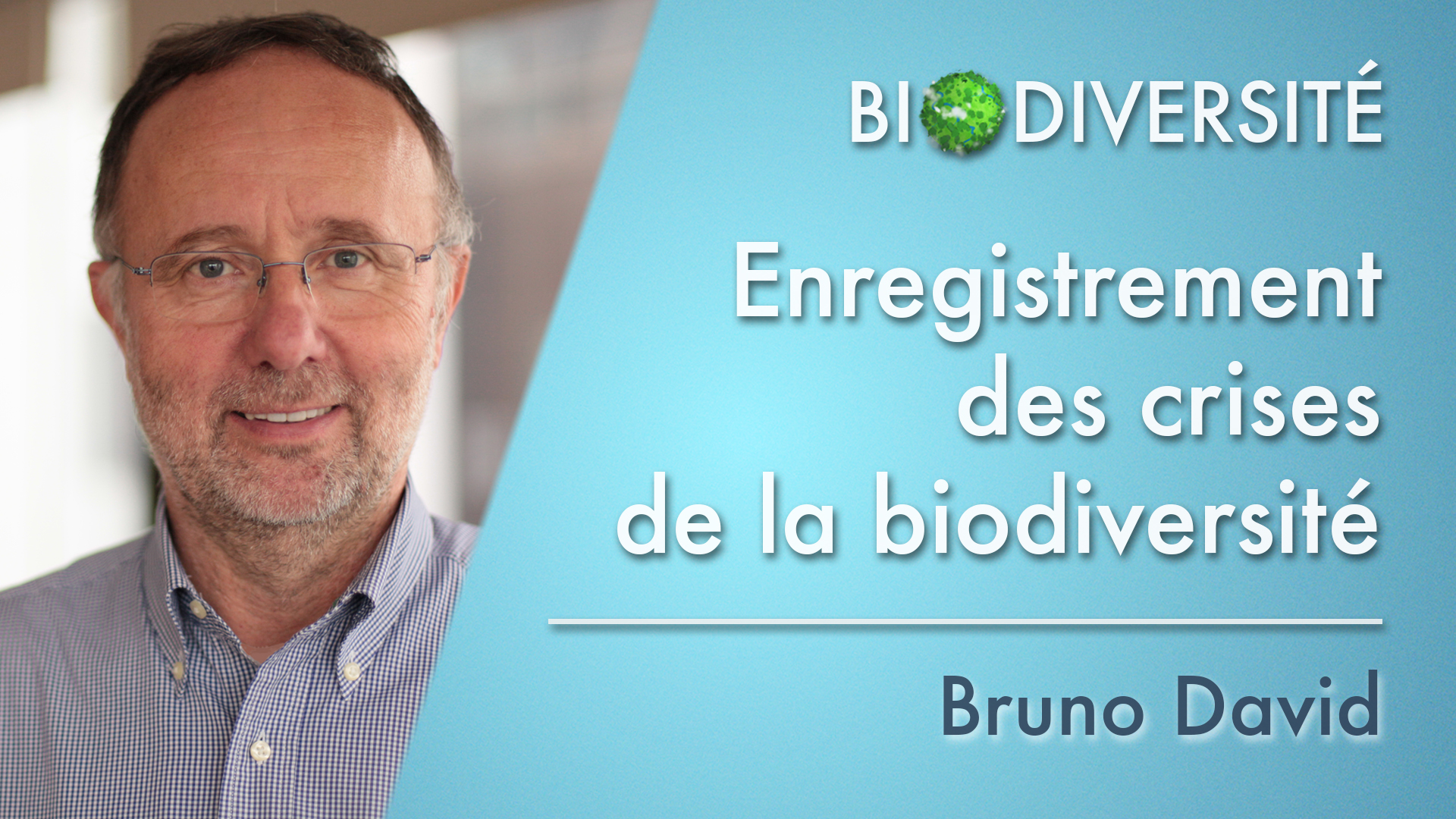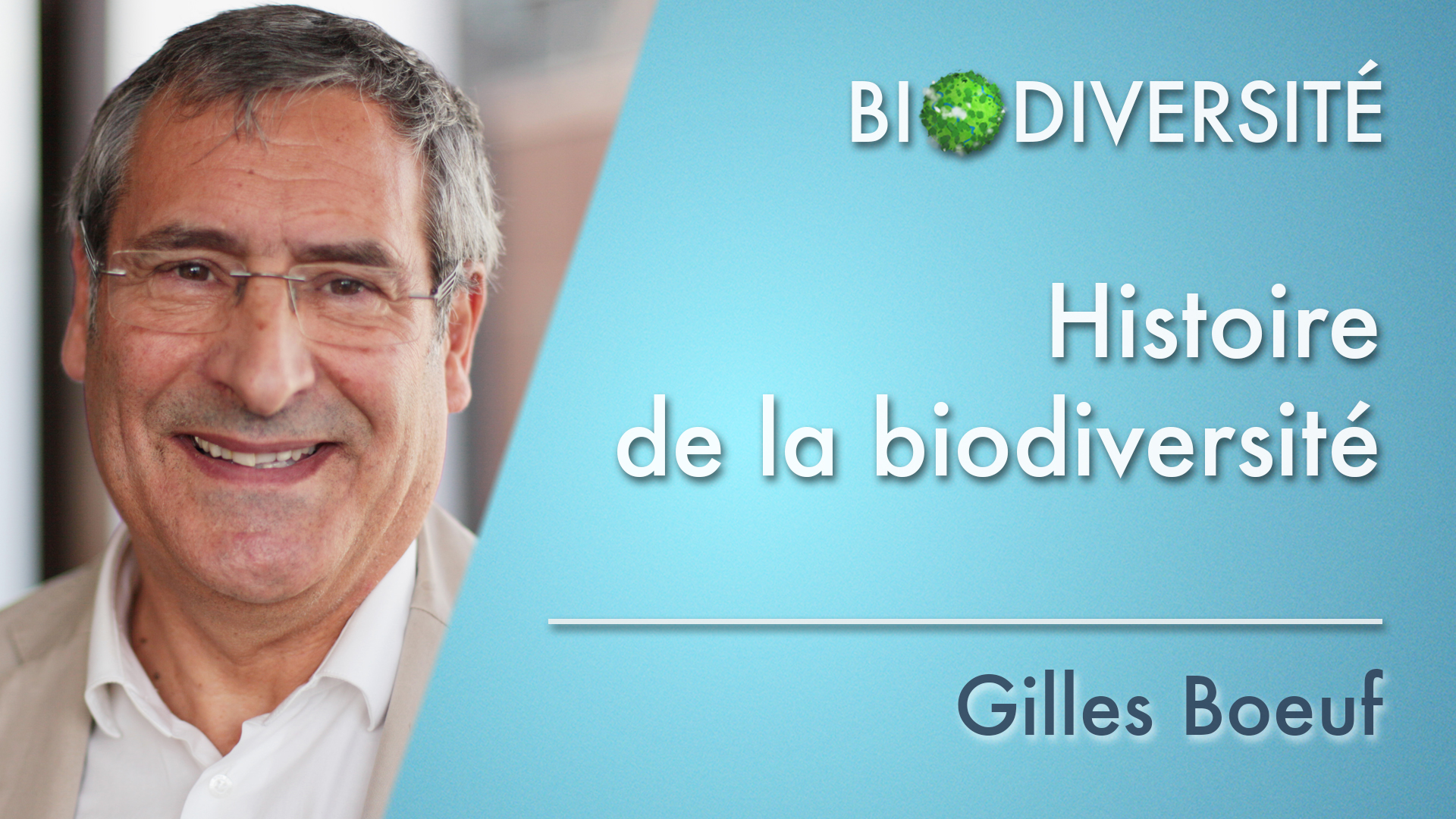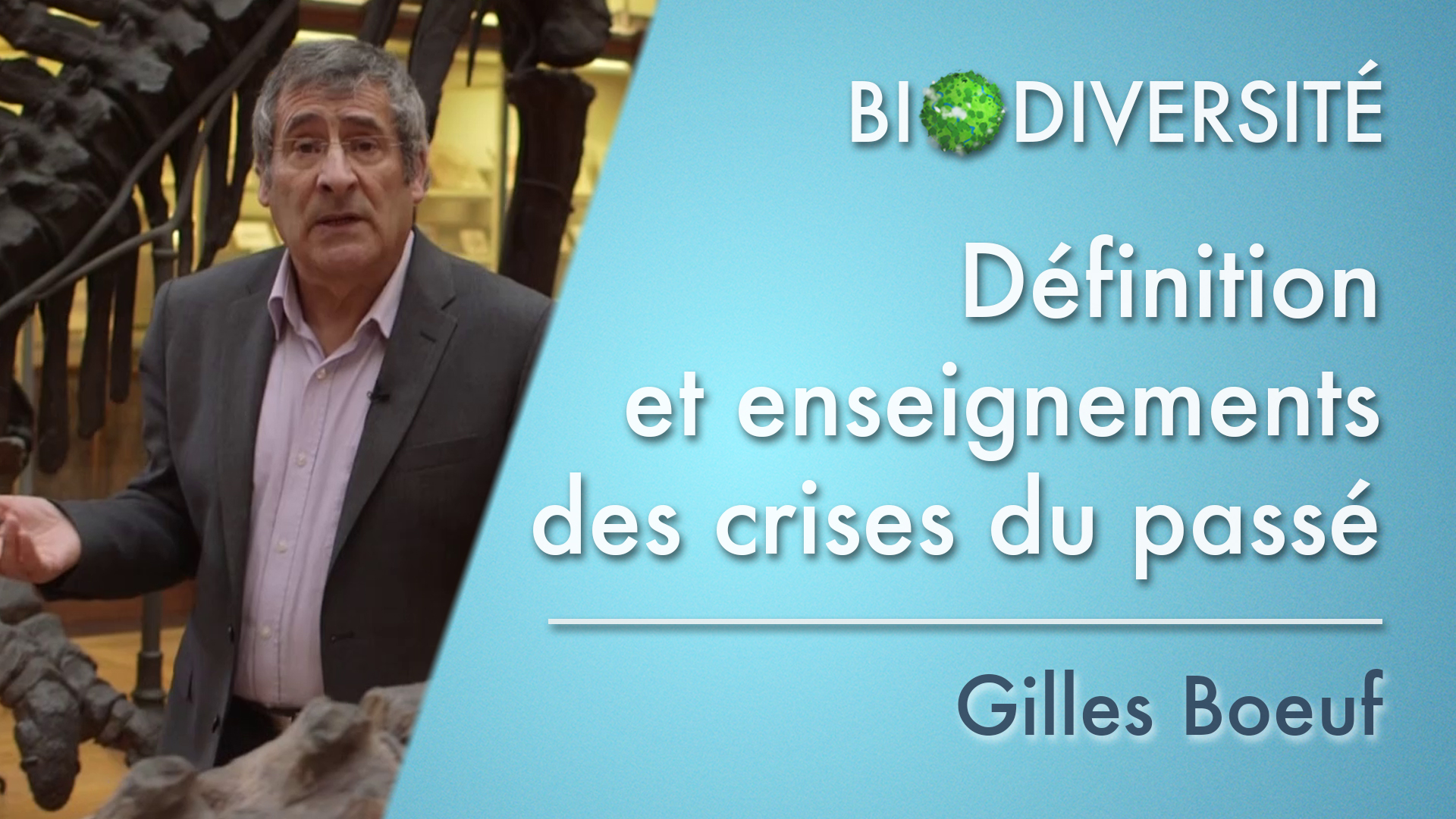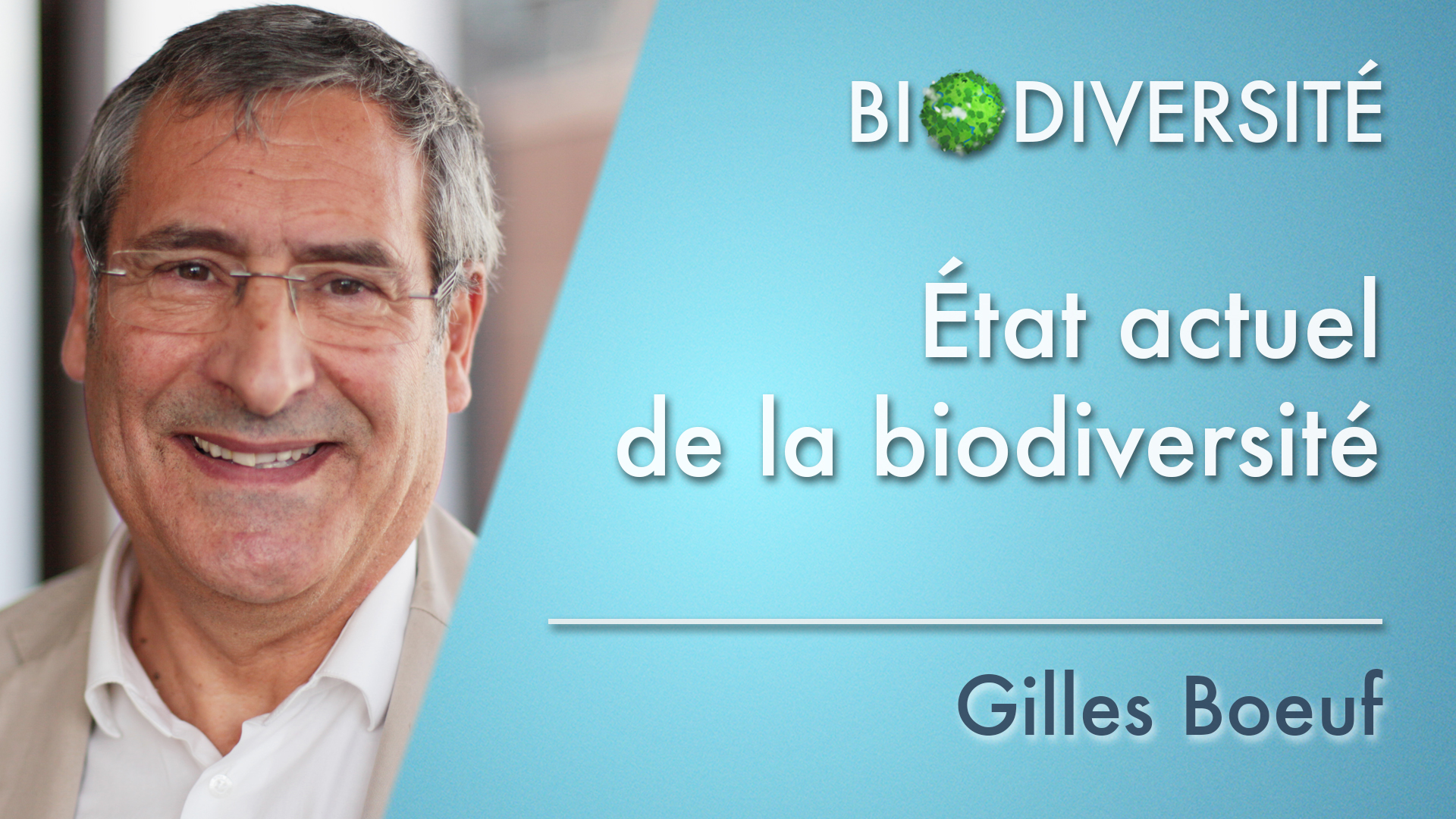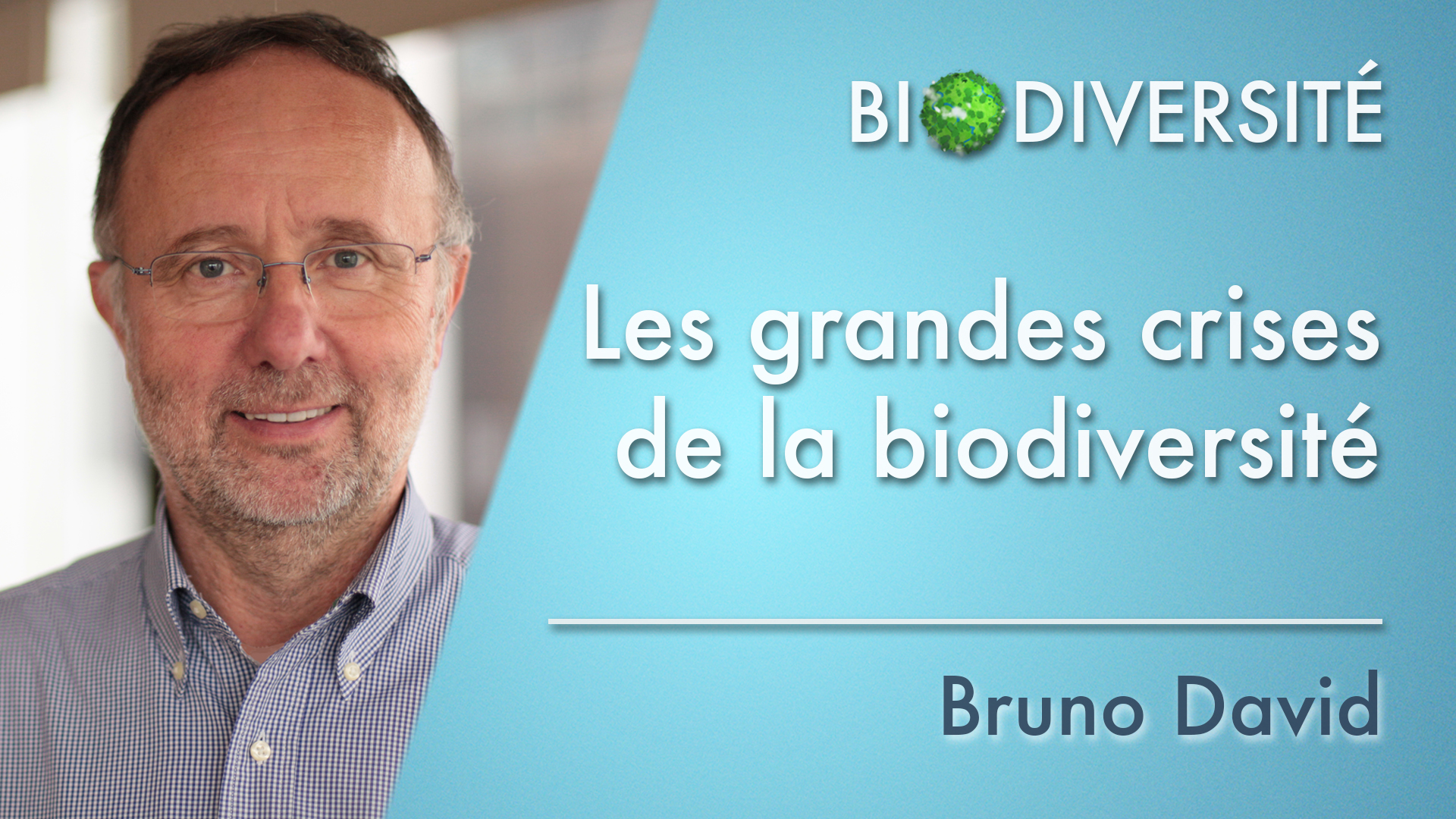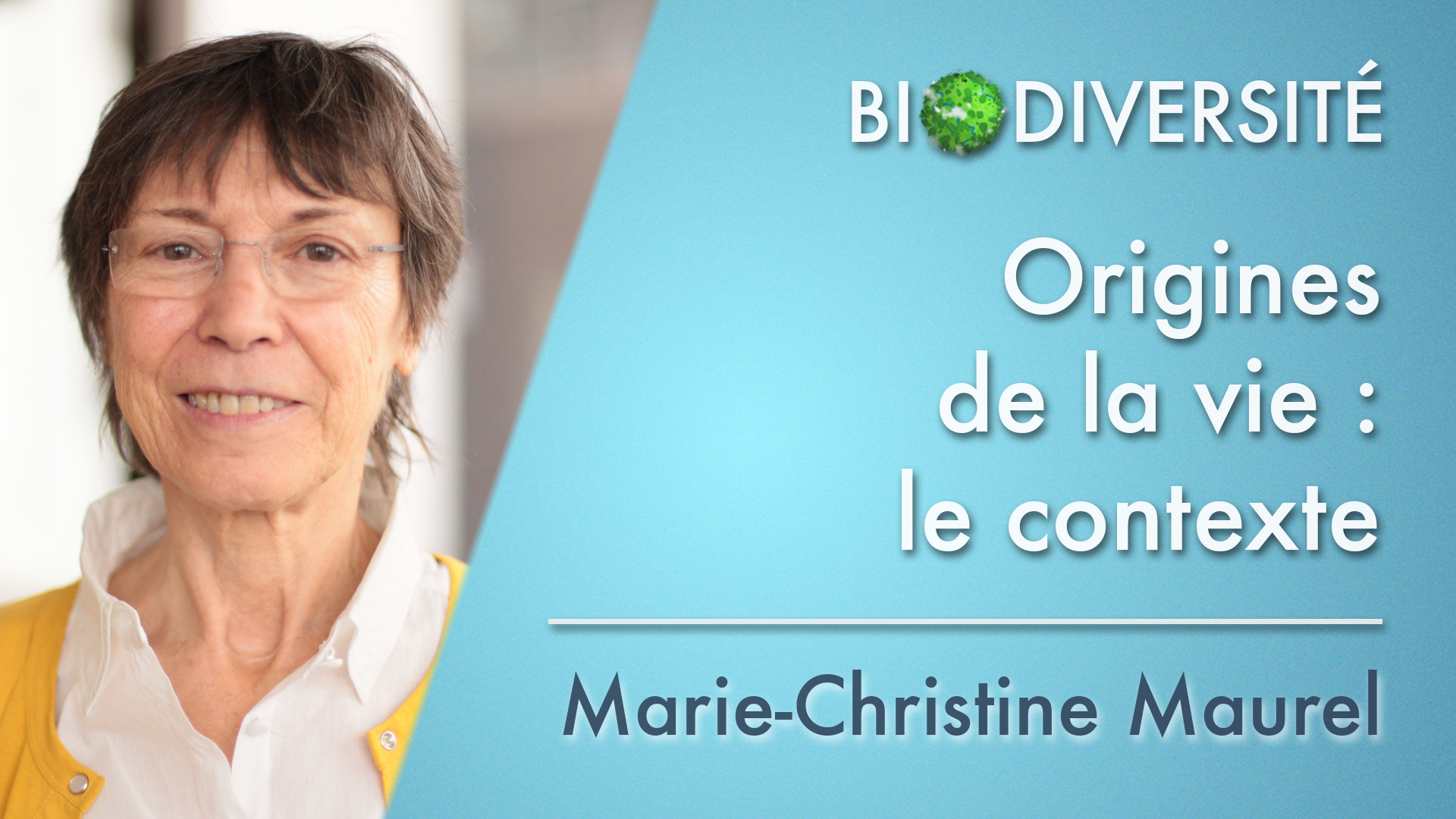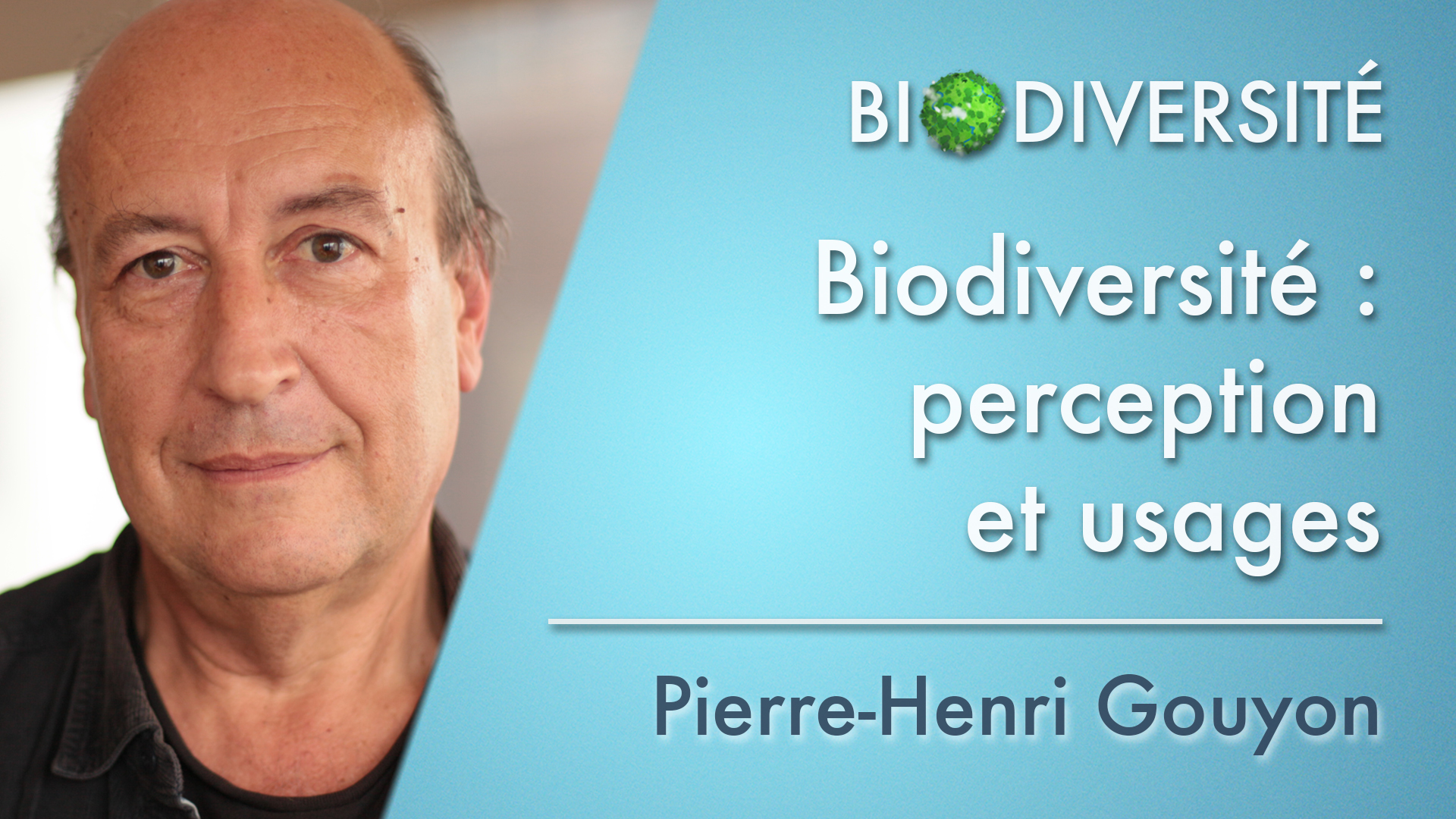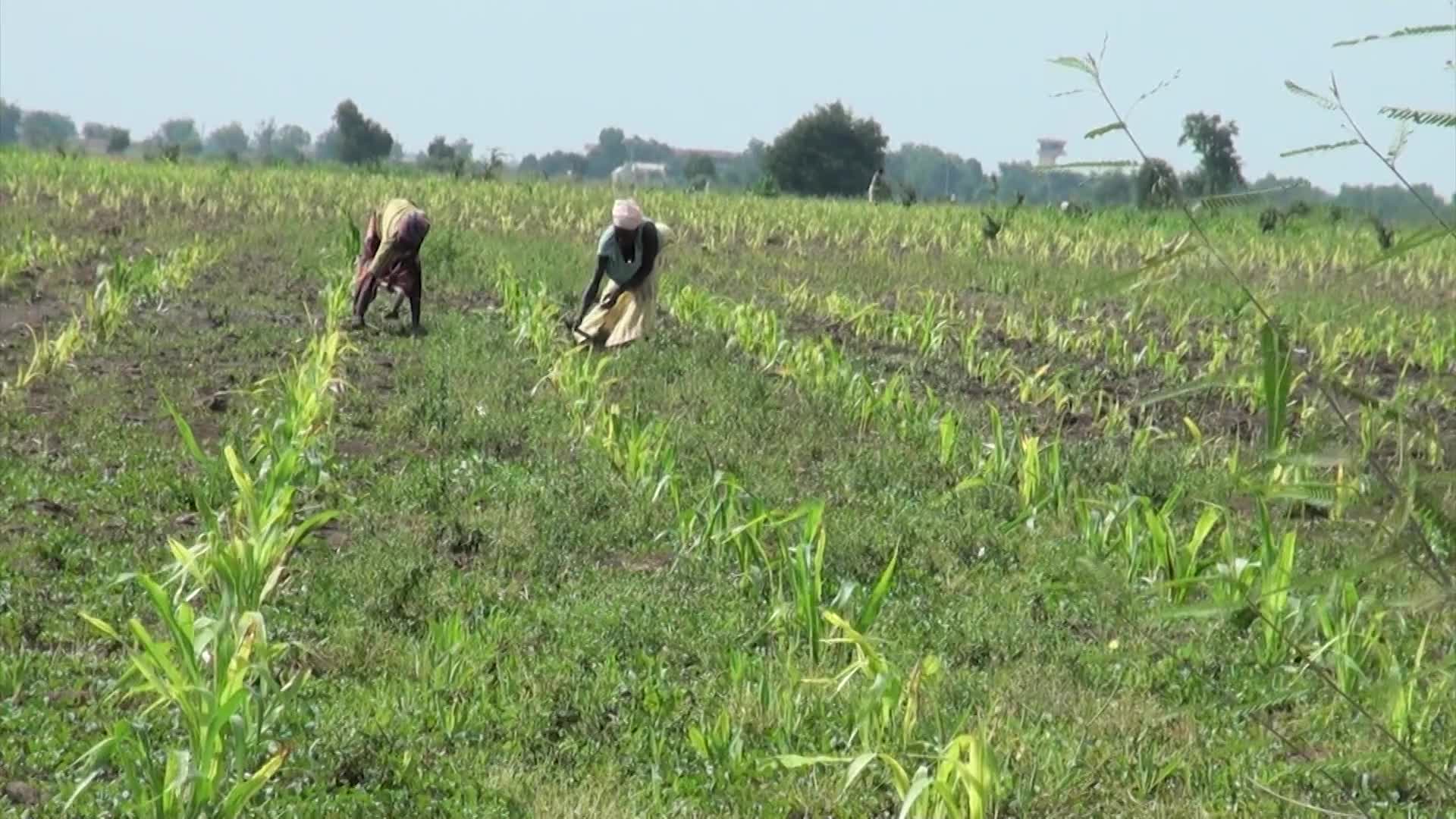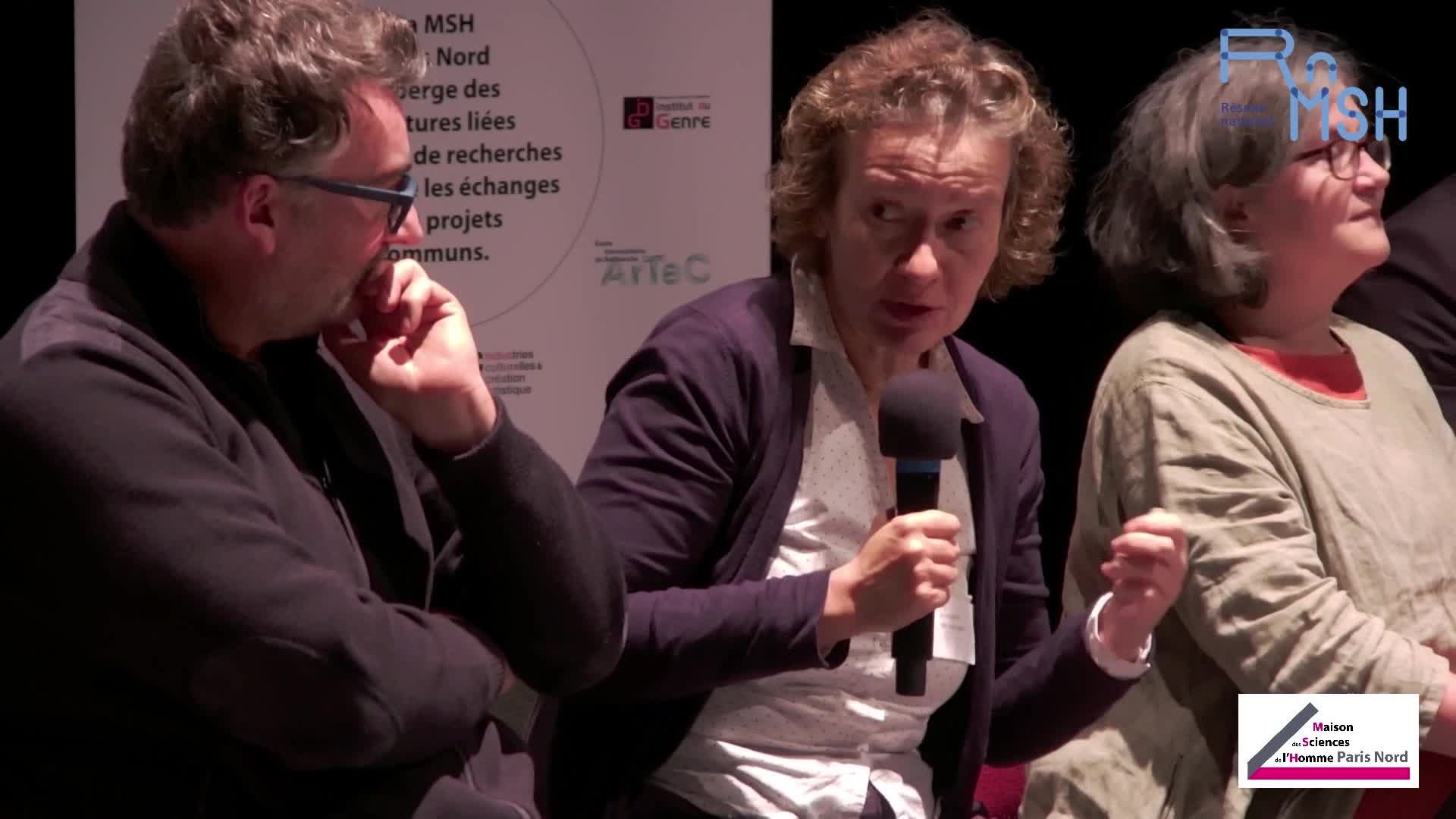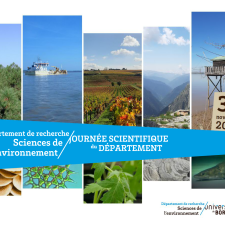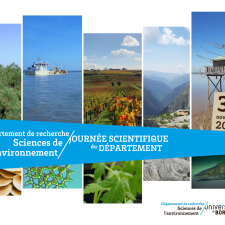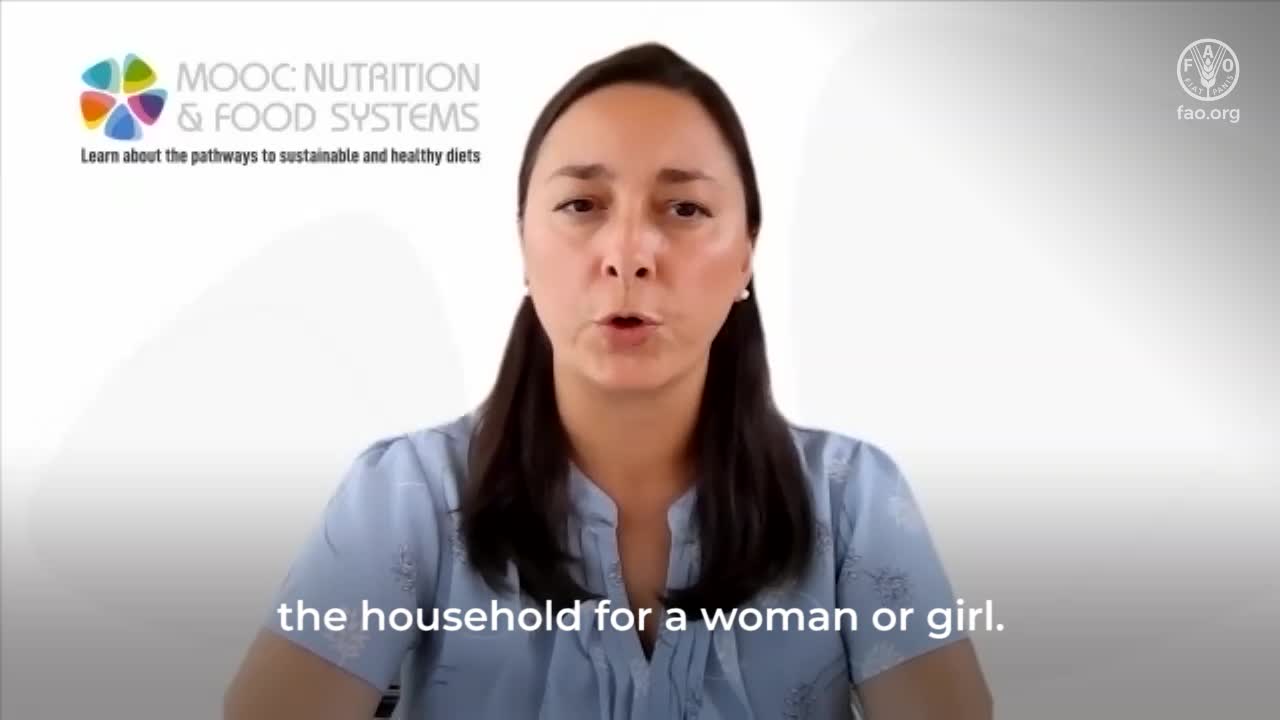Notice
EN-9. Biodiversity: perception and uses
- document 1 document 2 document 3
- niveau 1 niveau 2 niveau 3
Descriptif
Pierre-Henri Gouyon comes back to different looks taken at nature and biodiversity during the last centuries. He insists on the fact that this biodiversity can't be reduced to a frozen group of species, but that we have to consider its dynamic and complex dimensions when we mention its preservation. He illustrates his words with the example of agriculture.
Intervention / Responsable scientifique
Dans la même collection
-
EN-11. Nature and progress
GouyonPierre-HenriPierre-Henri Gouyon relies on an example - Dedale - to show the effects and the risks of a progress understanding which is only based on the technology.
-
EN-2. Biodiversity: state or dynamics ?
GouyonPierre-HenriPierre-Henri Gouyon proposes a definition of the biodiversity. He relies on the diagram that Darwin published in 1859, in The Origin of Species. He insists on the dynamic balances of this biodiversity
-
EN-1. Definition of biodiversity
BoeufGillesGilles Boeuf proposes a definition of the biodiversity, this "living fraction of the nature in all its complexity". He relies on many examples, pictures, samples, and always points out the strong
-
EN-10. Why should we worry about biodiversity ?
BoeufGillesIn relation to the erosion of biodiversity, Gilles Boeuf presents arguments in favor of the upholding of this biodiversity: human health, technology innovation, bio-inspiration, or economy.
-
EN-4. Origins of life
MaurelMarie-ChristineMarie-Christine Maurel comes back to the formation of the first living cells on the earth surface, relying on several great experiments. The she presents the extent of questionings which still remain,
-
EN-7. Records of the biodiversity crisis
DavidBrunoBruno David comes back to the main biodiversity crisis. He focuses on 2 aspects : the crisis recording and the exit from the crisis. Firstly, he explains that, contrary to what can be supposed, there
-
EN-5. The history of biodiversity
BoeufGillesGilles Boeuf comes back to the main stages of the history of life. He begins with the oceans, where life appeared over 3,5 billion years ago, mentions the lands conquest, and ends with the appearance
-
Definition and lesson learned from the past crisis
BoeufGillesIn this first part, discover what are the biodiversity, its origins 3,8 billion years ago, and its evolution mechanisms, especially the extinction crisis of the main species. You will better
-
EN-8. Current state of the planet and of the biodiversity
BoeufGillesGilles Boeuf reports the erosion of biodiversity and presents the four main factors which can be associated to this dynamics: destruction and pollution, resources overexploitation, species
-
EN-3. Origins of life: the context
MaurelMarie-ChristineMarie-Christine Maurel explores the origins of life on earth. She highlights the main conditions 3 billion years ago, as well as the emergence of the first forms of life, which gave birth to the tree
-
EN-6. The main crisis of biodiversity
DavidBrunoBruno David comes back to the main biodiversity crisis. He takes an inventory of the crisis for hundreds of million years and he discusses their potential factors of origin : oxygenation of the marine
-
3. Origines de la vie : le contexte
MaurelMarie-ChristineMarie-Christine Maurel explore les origines de la vie sur terre. Elle met en évidence les conditions qui prévalaient il y a plus de 3 milliards d'années, ainsi que l'émergence des premières formes de
Avec les mêmes intervenants et intervenantes
-
EN-11. Nature and progress
GouyonPierre-HenriPierre-Henri Gouyon relies on an example - Dedale - to show the effects and the risks of a progress understanding which is only based on the technology.
-
EN-2. Biodiversity: state or dynamics ?
GouyonPierre-HenriPierre-Henri Gouyon proposes a definition of the biodiversity. He relies on the diagram that Darwin published in 1859, in The Origin of Species. He insists on the dynamic balances of this biodiversity
-
2. Biodiversité : état ou dynamique ?
GouyonPierre-HenriPierre-Henri Gouyon propose une définition de la biodiversité. Pour cela, il s'appuie sur le diagramme publié par Darwin en 1859 dans l'Origine des espèces. Il insiste sur les équilibres dynamiques de
-
9. Biodiversité : perception et usages
GouyonPierre-HenriPierre-Henri Gouyon revient sur différents regards qui ont été portés sur la nature et sur la biodiversité au cours des derniers siècles. Il insiste sur le fait que cette biodiversité ne peut être
-
11. Le progrès
GouyonPierre-HenriPierre-Henri Gouyon s'appuie sur un exemple - Dédale - pour montrer les effets et risques d'une conception du progrès basée uniquement sur la technologie.
Sur le même thème
-
Le sorgho de saison sèche au Cameroun
TourneuxHenryLe bassin du lac Tchad et la région camerounaise de l’Extrême-Nord où s’inscrit le Diamaré disposent de terres particulières que l’on peut cultiver en saison sèche sans avoir besoin d’irriguer. Ces
-
Table ronde 1 : Quels outils d'accompagnement de ces dispositifs par les MSH et le RnMSH ?
CoulyClaireMhedhbiZohraSultanBenjaminLahlouSaadiHrabanskiMarieVermeerschStéphanieMitteaultFrançoisJouzelJeanLes intervenants revient sur les outils d'accompagnement des MSH et du RnMSH des dispositifs abordés dans les retours d'expérience du matin.
-
Le cadmium, du sol à l'assiette
CornuJean-YvesLors de l’édition 2022 de la « Journée scientifique du Département sciences de l’environnement de l’université de Bordeaux », les 11 unités rattachées au Département se sont relayées pour présenter
-
Transition agroécologique en grandes cultures : des scénarios pour réduire l'usage des pesticides
MacaryFrancisLors de l’édition 2022 de la « Journée scientifique du Département sciences de l’environnement de l’université de Bordeaux », les 11 unités rattachées au Département se sont relayées pour présenter
-
Faire fonctionner le système alimentaire pour de meilleurs résultats. Le point de vue d’experts.
DistefanoFrancescaRolleRosaEntretien avec Francesca Distefano (Experte en genre et politiques, FAO) sur les inégalités de genre dans le système alimentaire et Rosa Rolle (Chef d'équipe industries agro-alimentaires et réduction
-
Pathways, levers, outcomes: making the food system work for better outcomes. A word from the experts
DistefanoFrancescaRolleRosaInterview with Francesca Distefano (Gender and Policy Expert, FAO) on gender inequalities in the food system and Rosa Rolle (Agro-food industries and food loss and waste reduction Team Leader, FAO)
-
Le système alimentaire : dimensions, leviers, résultats, complexité. Le point de vue d’experts
BricasNicolasRazaAhmedInterview de Nicolas Bricas (Researcher in Cirad and Director of the UNESCO Chair of World Food Systems) et Ahmed Raza, Nutrition and Food Systems Officer (FAO), sur l'alimentation et la nutrition.
-
The food system: Dimensions, drivers, outcomes, complexity - A word from the experts
BricasNicolasRazaAhmedThis video is an interview with Nicolas Bricas (Researcher in CIRAD and Director of the UNESCO Chair of World Food Systems) and Ahmed Raza, Nutrition and Food Systems Officer (FAO).
-
Je n'ai jamais fait abattre d'animaux
Dans la littérature scientifique, la perpétuation de la domination masculine en agriculture s’analyse notamment au prisme du divorce (Bessière et Gollac, 2014). A partir d’une étude de cas issue d’une
-
Spécialisation et identité viticole en Bordelais aux XVII et XVIII siècles : un choix forcé ?
C’est entre les années 1650 et le début du XIXe siècle que les vignobles du Sud-Ouest entrent dans une phase de spécialisation viticole. Par-là, il faut entendre l’orientation vers la production de
-
De la petite exploitation au commerce des engrais : itinéraire d’un chercheur
Dans l’ouvrage Les Fruits du partage paru en 2012, j’ai étudié les mécanismes d’accumulation patrimoniale et de reproduction sociale de la petite paysannerie du Bassin Parisien durant le premier XIXe
-
Le travail syndical à la FNSEA et l’encadrement professionnel de l’agriculture (France, 1980-2010)…
La FNSEA est une institution centrale du gouvernement de l’agriculture depuis la Libération. Principal syndicat d’agriculteurs en France, elle représente les agriculteurs auprès de l’État, des marchés


